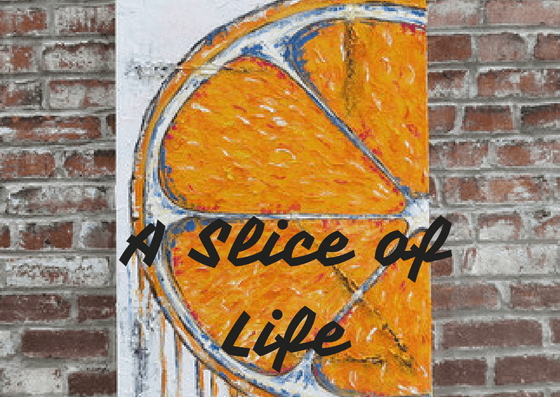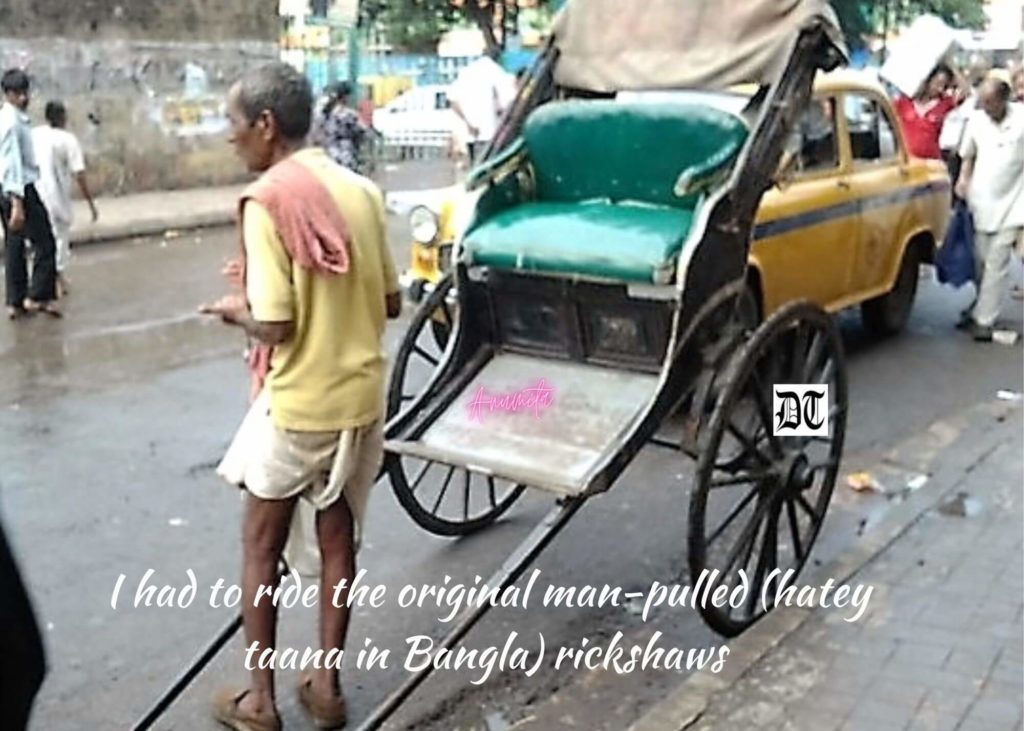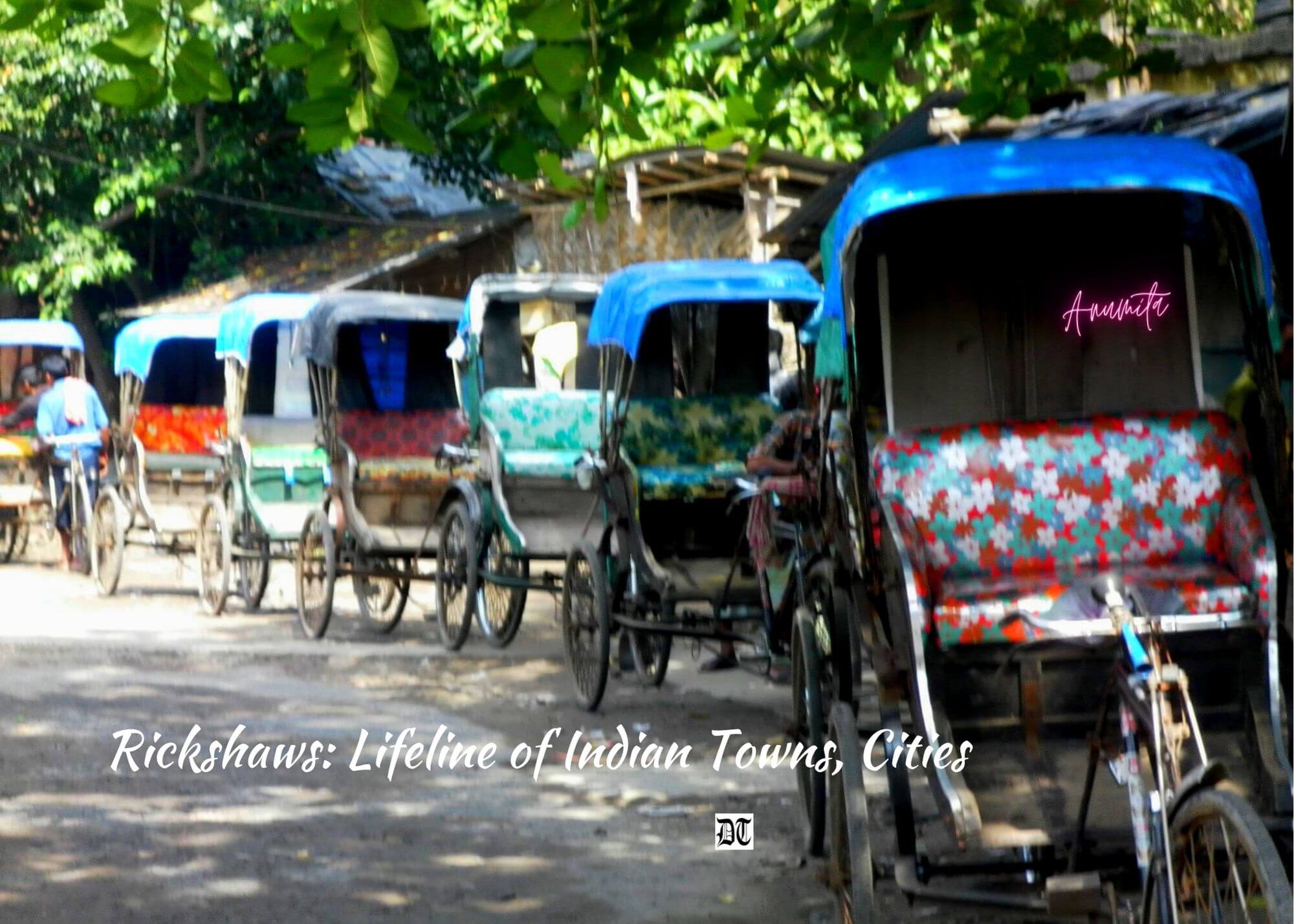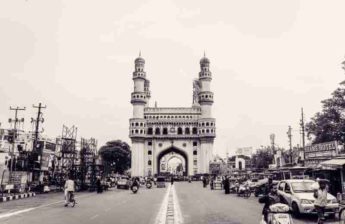Reading Time: 4 minutes
Ruchira traces the invention of rickshaws and tells us about the rickshaw pullers’ lives. She also points out the outcry against it, worldwide. An exclusive for Different Truths.

The oh-so-familiar rickshaw is a carriage fitted with two or three wheels and meant to transport one or two passengers up to short distances. How many of you know that the name rickshaw is derived from the Japanese word jinrikisha(jin = human, riki = power or force, sha = vehicle), which translates into “human-powered vehicle”? The most popular theory about the rickshaw’s origin claims it was the brainchild of Jonathan Scobie, an American missionary stationed in Japan, who used it to transport his invalid wife through the streets of Yokohama city. It is believed the rickshaw was invented around 1869. By the turn of the century, the rickshaw had made its debut in China, India, Hong Kong, and Singapore, where it became popular and changed the traffic pattern on the streets.
The original man-pulled rickshaws had a negative impact on the lives of the people involved in the trade. Their condition was abysmal. They worked for extremely long hours earn in paltry amounts. Many wallowed in poverty with the rickshaws serving as their shelter from the open skies and vagaries of weather. In the aftermath of World War II, the portrayal of rickshaw pullers as ‘human horses’ created worldwide ripples.
Mao Tse Tung, who headed the erstwhile Chinese Communist regime, banned rickshaws…
Mao Tse Tung, who headed the erstwhile Chinese Communist regime, banned rickshaws condemning them as a means of oppression of the working class. This eventually led to the invention of cycle rickshaws. The man-powered ones gradually passed into oblivion. The physical labour and workload were passed on to machines. As of now, traditional rickshaws still ply across Japan as a cultural experience for foreign tourists. The modern rickshaw pullers double up as tour guides, ferrying tourists to and from popular sightseeing spots. In India, the only place where you can still find human-rickshaws though their number is shrinking by the day.
Over the decades cycle rickshaws have undergone changes and evolved into smart modernised sleek avatars of their rickety predecessors. Until a few decades ago, these vehicles had collapsible hoods (overhead coverings) comprising thick, coarse tarpaulin fabric fixed between strips of wood. The lumpy seat acted as a detachable cover of a crevice where the rickshawallah would store his personal belongings. The picture is greatly altered now. The seats are much thinner, firmly fixed on the overall frame, having ample leg room in front and storage space underneath. The overhead canopy (read rain, sunshade) firmly fixed to the seats with the help of metal pipes. Some enterprising pullers have managed to get their rickshaws motorised, which slash their physical strain further.
I have a medley of memories, both good and bad, connected with this mode of transport.
I have a medley of memories, both good and bad, connected with this mode of transport. During my first year at college, once while shopping in city centre / Chawra bazaar (not so wide actually) Ludhiana, Punjab, my mom fell off a rickshaw (the roads were narrow and overcrowded) and bruised her elbow. The wound refused to heal even after the passage of several weeks. After she saw a doctor, we discovered she had developed blood sugar. But that’s another story.
A few years earlier, on another occasion, a septuagenarian dida (great aunt) of mine had the same kind of experience. The venue coincidentally was the same. Blame on the milling crowds or the callous rickshaw puller but she had a concussion and blacked out. Thankfully, as if in an answer to our prayers, she regained consciousness after a few hours.
I recall incidents from my primary school days in Guwahati, Assam. Many times, after school got over, I, along with two of my buddies (we studied in the same class and lived in the same apartment block) would leave our moms behind, hail any passing rickshaw, clamber on and speed home, which was a short distance away. Then we would scamper indoors without paying. The poor rickshawallahs had no option but to wait patiently untill the womenfolk waddled home.
Four years ago, while on a visit to Kolkata, I had to ride the original man-pulled … rickshaws twice.
Four years ago, while on a visit to Kolkata, I had to ride the original man-pulled (hatey taana in Bangla) rickshaws twice. Once from Sealdah station to Bow Bazaar and later from Park Street to New Market. Believe me, on both occasions I was terrified when the fellows yanked up the yoke and dashed forward. I clung to the partner in fear, throughout the journey, heaving a sigh of relief as we reached our destinations. I have seriously determined never to ride it again, the next time I happen to be in town.

Like it or not rickshaws are here to stay. They are a poor man’s (read aam aadmi) affordable public transport. I am sure people will agree with me that even in the sophisticated bustling metro cities rickshaws are much – sought- after in residential areas, lanes, and alleys, for short distance commutation. They will conveniently take you where buses and metro can’t go.
…a vast chunk of the labour /working class in our country can be clubbed as rickshaw-pullers.
Moreover, a vast chunk of the labour /working class in our country can be clubbed as rickshaw-pullers. It is not difficult to visualise how, if rickshaws were completely rooted out, hundreds of thousands of men would be rendered jobless. That would bring in its trail wanton poverty and misery in the absence of alternate employment options.
Visuals by Different Truths, picture by Anumita Roy
















